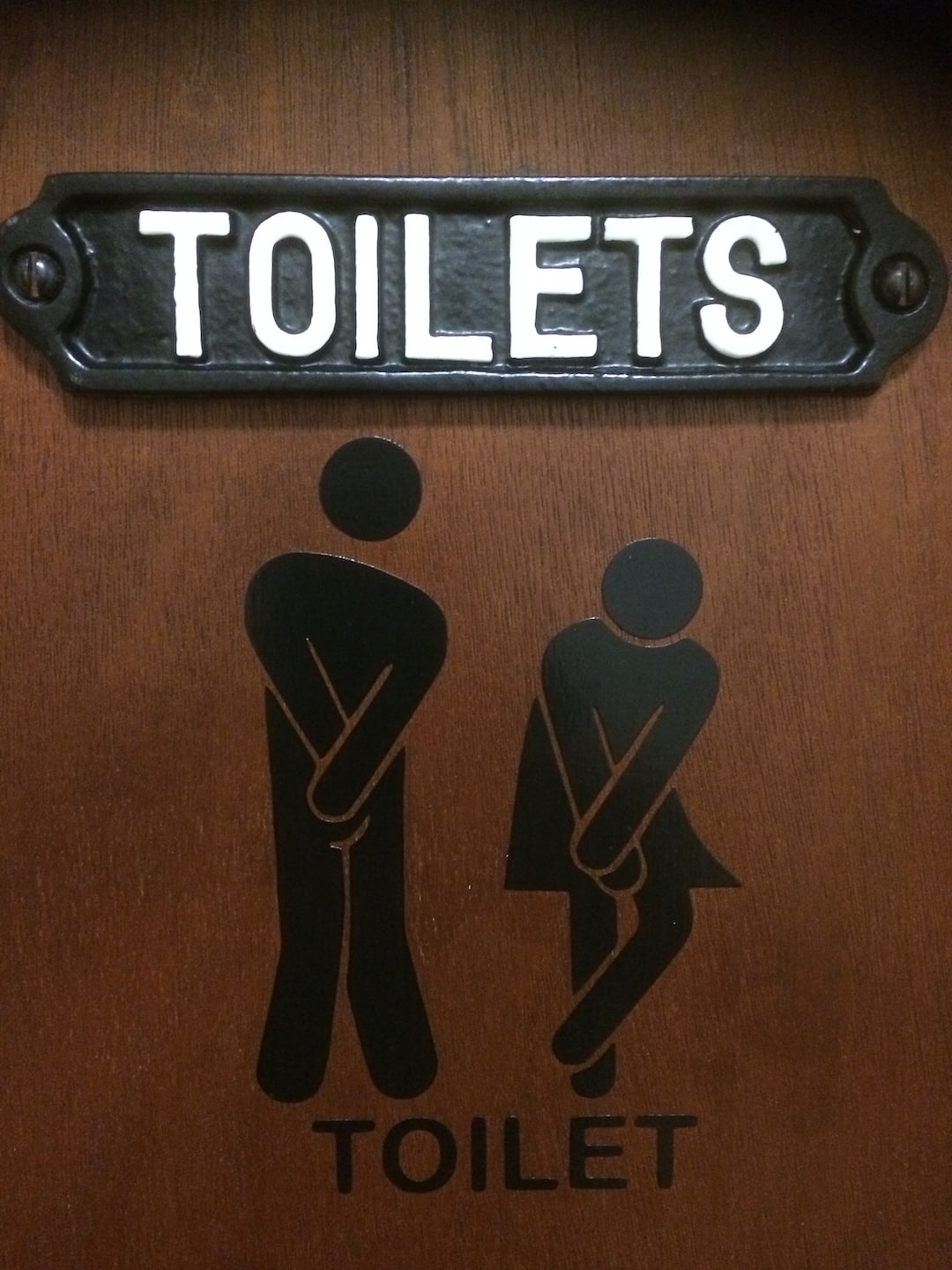Forex trading is a complex field that requires traders to be well-versed in market analysis. One of the essential tools that traders use to analyze the forex market is graphs or charts. Graphs or charts provide an easy way for traders to visualize the price movements of currency pairs. However, analyzing a graph for forex requires more than just looking at the lines and bars. In this article, we will discuss how to analyze a graph for forex.
1. Identify the type of graph
The first step in analyzing a graph for forex is to identify the type of graph you are looking at. There are several types of graphs that traders use in forex trading, including line charts, bar charts, and candlestick charts. Each type of graph displays price movements differently, and traders must understand how to read each type of graph. Line charts display the closing price of a currency pair over a specific period, while bar charts show the opening, closing, high, and low prices of a currency pair. Candlestick charts are similar to bar charts but display the price movements in a more visually appealing way.
2. Determine the time frame
The second step in analyzing a graph for forex is to determine the time frame. The time frame refers to the period over which the graph displays the price movements of a currency pair. Traders can choose different time frames, ranging from one minute to several years. The time frame chosen depends on the trading strategy and the trader’s trading style. Short-term traders may prefer a one-minute or five-minute time frame, while long-term traders may prefer a daily or weekly time frame.
3. Identify the trend
The third step in analyzing a graph for forex is to identify the trend. The trend refers to the direction in which the currency pair is moving over time. Traders can identify the trend by looking at the highs and lows of the graph. An uptrend is characterized by higher highs and higher lows, while a downtrend is characterized by lower highs and lower lows. Traders can also use moving averages to identify the trend. Moving averages smooth out the price movements and provide a clearer picture of the trend.
4. Look for support and resistance levels
The next step in analyzing a graph for forex is to look for support and resistance levels. Support levels are price levels at which the currency pair is expected to bounce back up after falling, while resistance levels are price levels at which the currency pair is expected to reverse after rising. Traders can identify support and resistance levels by looking at the previous price movements of the currency pair.
5. Analyze the volume
The final step in analyzing a graph for forex is to analyze the volume. Volume refers to the number of currency units traded over a specific period. High trading volume indicates that there is strong participation in the market, while low trading volume indicates that there is weak participation in the market. Traders can use volume to confirm the validity of the price movements displayed on the graph. For example, if the price of a currency pair is rising, but the volume is low, it may indicate that the price movement is not supported by strong participation in the market.
In conclusion, analyzing a graph for forex requires more than just looking at the lines and bars. Traders must identify the type of graph, determine the time frame, identify the trend, look for support and resistance levels, and analyze the volume. By following these steps, traders can gain a better understanding of the price movements of currency pairs and make informed trading decisions.





